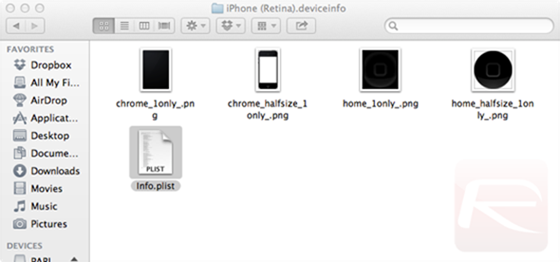


- #Notch simulator tweak andoid portable#
- #Notch simulator tweak andoid software#
- #Notch simulator tweak andoid Pc#
- #Notch simulator tweak andoid download#
- #Notch simulator tweak andoid windows#
These operating systems would later evolve into early mobile operating systems.
#Notch simulator tweak andoid windows#
PDA/phone hybridsīeginning in the mid-late 1990s, many people who had mobile phones carried a separate dedicated PDA device, running early versions of operating systems such as Palm OS, Newton OS, Symbian or Windows CE/ Pocket PC. The term "smartphone" was first used by Ericsson in 1997 to describe a new device concept, the GS88. The term "smart phone" was not coined until a year after the introduction of the Simon, appearing in print as early as 1995, describing AT&T's PhoneWriter Communicator. The Simon was commercially unsuccessful, particularly due to its bulky form factor and limited battery life, using NiCad batteries rather than the nickel–metal hydride batteries commonly used in mobile phones in the 1990s, or lithium-ion batteries used in modern smartphones.
#Notch simulator tweak andoid Pc#
It featured a liquid-crystal display (LCD) and PC Card support. The IBM Simon was manufactured by Mitsubishi Electric, which integrated features from its own wireless personal digital assistant (PDA) and cellular radio technologies. It included an address book, calendar, appointment scheduler, calculator, world time clock, and notepad, as well as other visionary mobile applications such as maps, stock reports and news. In addition to placing and receiving cellular calls, the touchscreen-equipped Simon could send and receive faxes and emails. A refined version was marketed to consumers in 1994 by BellSouth under the name Simon Personal Communicator. The first commercially available device that could be properly referred to as a "smartphone" began as a prototype called "Angler" developed by Canova in 1992 while at IBM and demonstrated in November of that year at the COMDEX computer industry trade show. In the early 1990s, IBM engineer Frank Canova realised that chip-and-wireless technology was becoming small enough to use in handheld devices. 7.5 Impacts on cognition and mental health.1.5 Form factor and operating system shifts.Global smartphone sales surpassed the sales figures for feature phones in early 2013. In the third quarter of 2012, one billion smartphones were in use worldwide. Improved hardware and faster wireless communication (due to standards such as LTE) have bolstered the growth of the smartphone industry.
#Notch simulator tweak andoid portable#
Smartphones have largely replaced PDAs, handheld/palm-sized PCs, portable media players (PMP) and to a lesser extent, handheld video game consoles.
#Notch simulator tweak andoid download#
Following the rising popularity of the iPhone in the late 2000s, the majority of smartphones have featured thin, slate-like form factors, with large, capacitive screens with support for multi-touch gestures rather than physical keyboards, and offer the ability for users to download or purchase additional applications from a centralized store, and use cloud storage and synchronization, virtual assistants, as well as mobile payment services. In the 2000s, NTT DoCoMo's i-mode platform, BlackBerry, Nokia's Symbian platform, and Windows Mobile began to gain market traction, with models often featuring QWERTY keyboards or resistive touchscreen input, and emphasizing access to push email and wireless internet.
#Notch simulator tweak andoid software#
These issues were eventually resolved with the exponential scaling and miniaturization of MOS transistors down to sub-micron levels ( Moore's law), the improved lithium-ion battery, faster digital mobile data networks ( Edholm's law), and more mature software platforms that allowed mobile device ecosystems to develop independently of data providers. Smartphones typically contain a number of metal–oxide–semiconductor (MOS) integrated circuit (IC) chips, include various sensors that can be leveraged by pre-included and third-party software (such as a magnetometer, proximity sensors, barometer, gyroscope, accelerometer and more), and support wireless communications protocols (such as Bluetooth, Wi-Fi, or satellite navigation).Įarly smartphones were marketed primarily towards the enterprise market, attempting to bridge the functionality of standalone personal digital assistant (PDA) devices with support for cellular telephony, but were limited by their bulky form, short battery life, slow analog cellular networks, and the immaturity of wireless data services. They are distinguished from feature phones by their stronger hardware capabilities and extensive mobile operating systems, which facilitate wider software, internet (including web browsing over mobile broadband), and multimedia functionality (including music, video, cameras, and gaming), alongside core phone functions such as voice calls and text messaging. A smartphone is a portable computer device that combines mobile telephone and computing functions into one unit.


 0 kommentar(er)
0 kommentar(er)
